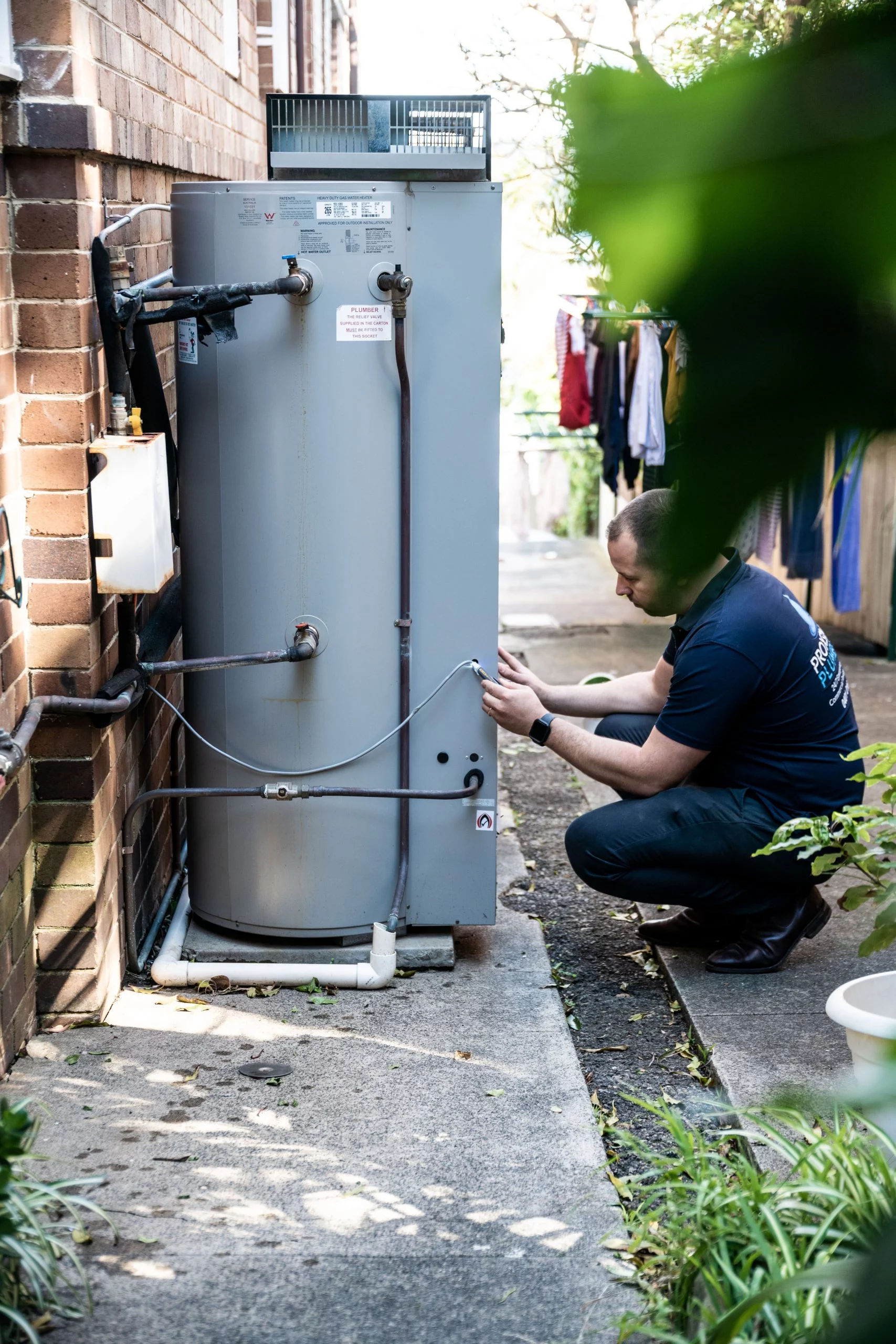Step-by-Step Guide to Maintaining Your Home's Hot Water SystemProfessional Tips on Caring for Your Home's Hot Water System
Step-by-Step Guide to Maintaining Your Home's Hot Water SystemProfessional Tips on Caring for Your Home's Hot Water System
Blog Article
Just how do you really feel about Tips on Maintaining a Water Heater?

Warm water is essential for daily comfort, whether it's for a rejuvenating shower or washing meals. To ensure your warm water system runs efficiently and lasts much longer, normal upkeep is crucial. This article gives practical pointers and understandings on exactly how to maintain your home's warm water system to prevent disruptions and expensive fixings.
Intro
Keeping your home's warm water system might appear daunting, yet with a few basic actions, you can ensure it runs efficiently for many years to find. This overview covers whatever from recognizing your hot water system to DIY maintenance suggestions and knowing when to employ expert assistance.
Value of Maintaining Your Warm Water System
Normal maintenance not only extends the life-span of your warm water system but also ensures it runs effectively. Ignoring upkeep can lead to reduced performance, higher energy costs, and also premature failing of the system.
Signs Your Hot Water System Needs Upkeep
Knowing when your warm water system needs focus can prevent major issues. Watch out for indicators such as irregular water temperature level, strange sounds from the heater, or rustic water.
Purging the Hot Water Heater
Purging your water heater removes debris build-up, improving effectiveness and prolonging its life.
Monitoring and Replacing Anode Rods
Anode rods protect against rust inside the container. Evaluating and replacing them when worn is important.
Facility Problems Calling For Expert Aid
Examples consist of major leaks, electrical issues, or if your hot water heater is regularly underperforming.
Routine Expert Upkeep Perks
Expert upkeep can consist of detailed examinations, tune-ups, and ensuring compliance with security criteria.
Inspecting and Changing Temperature Setups
Readjusting the temperature level settings makes certain optimal efficiency and safety.
DIY Tips for Maintenance
You can do a number of maintenance jobs yourself to keep your hot water system in leading problem.
Looking for Leaks
On a regular basis examine pipes and links for leakages, as these can bring about water damages and higher bills.
Understanding Your Warm Water System
Before diving right into maintenance jobs, it's useful to recognize the basic elements of your warm water system. Usually, this consists of the water heater itself, pipes, anode poles, and temperature controls.
Regular Monthly Upkeep Tasks
Normal monthly checks can assist capture minor problems prior to they rise.
Evaluating Stress Alleviation Valves
Testing the pressure safety valve guarantees it functions correctly and stops too much pressure buildup.
Protecting Pipes
Insulating hot water pipelines lowers heat loss and can save energy.
When to Call a Specialist
While do it yourself maintenance is advantageous, some problems call for specialist proficiency.
Final thought
Routine upkeep of your home's warm water system is essential for efficiency, longevity, and cost savings. By complying with these ideas and understanding when to seek expert assistance, you can make sure a trusted supply of warm water without unanticipated disturbances.
How to Maintain an Instant Hot Water Heater
Before tinkering with your hot water heater, make sure that it’s not powered on. You also have to turn off the main circuit breaker and shut off the main gas line to prevent accidents. Also turn off the water valves connected to your unit to prevent water from flowing into and out of the appliance. 2. When you’re done, you have to detach the purge valves’ caps. These look like the letter “T” and are situated on either side of the water valves. Doing so will release any pressure that has accumulated inside the valves while at the same time avoid hot water from shooting out and burning your skin. 3. When the purge valves’ caps are removed, you have to connect your hosing lines to the valves. Your unit should have come with three hoses but if it didn’t, you can purchase these things from any hardware or home repair shops. You can also get them from retail stores that sell water heating systems. Read the user’s manual and follow it to complete this task properly. When the hosing lines are connected, open the purge port’s valves. 4. You should never use harsh chemical cleaners or solutions when cleaning your unit. Make use of white vinegar instead. It should be undiluted and you’ll probably use about 2 gallons. 5. Now flush your water heater. This task should probably take about 40 minutes. We can’t give you specific directions for this because the procedure is carried out depending on the type, model and brand of your heater. With that being said, refer to the user’s manual. 6. When you’re done draining the unit, you have to turn off the purge port valves again. Remove the hosing lines that you earlier installed on each of the water valves. Put the valve caps (purge port) back in their respective places and be very careful so as not to damage the rubber discs that are found inside these caps. 7. Now that everything’s back in place, check your user’s manual again to find out how to reactivate your water heating system. 8. Once it is working, turn one of your hot water faucets on just to let air pass through the heater’s water supply pipes. Leave the tap on until water flows smoothly out of it. https://www.orrplumbing.com/blog/2014/september/how-to-maintain-an-instant-hot-water-heater/

I found that article on Water Heater Maintenance Tips You Can't Afford to Forget while doing a search on the web. Liked our review? Please quickly share it. Help another person discover it. Kudos for being here. Come back soon.
Schedule Services Report this page